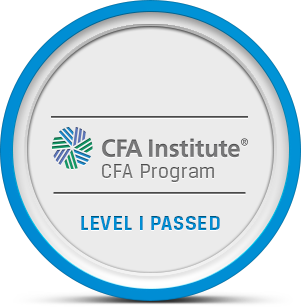
Chartered Financial Analyst Level 1
Get started today
Ultimate access to all questions.
Comments
Loading comments...

Ultimate access to all questions.
An analyst gathers the following information:
The real appreciation of the domestic currency against the foreign currency is closest to:
A
4%.
B
5%.
C
7%.